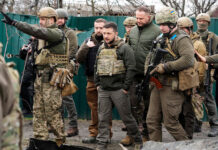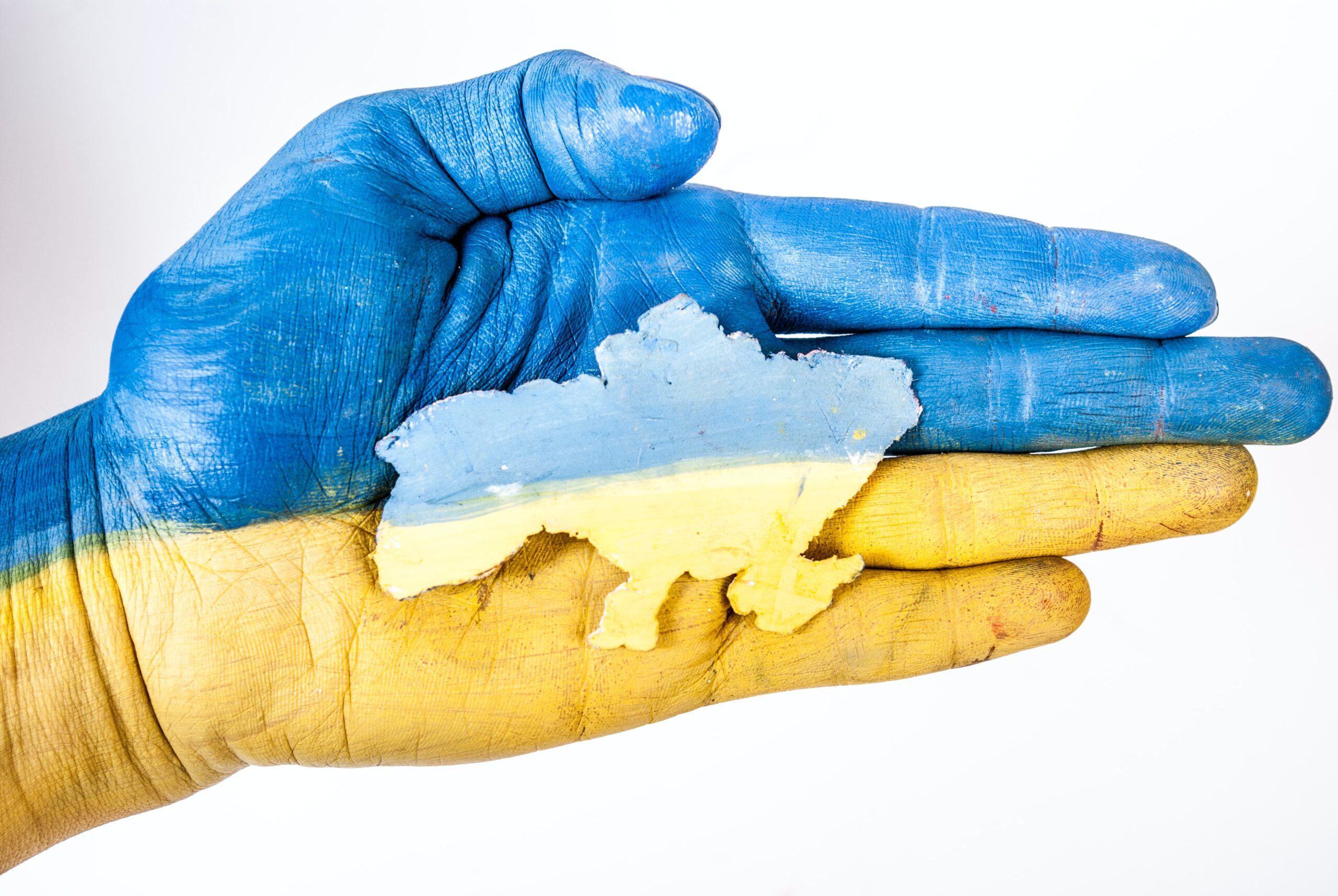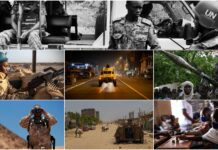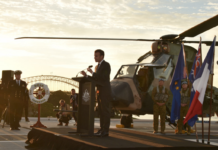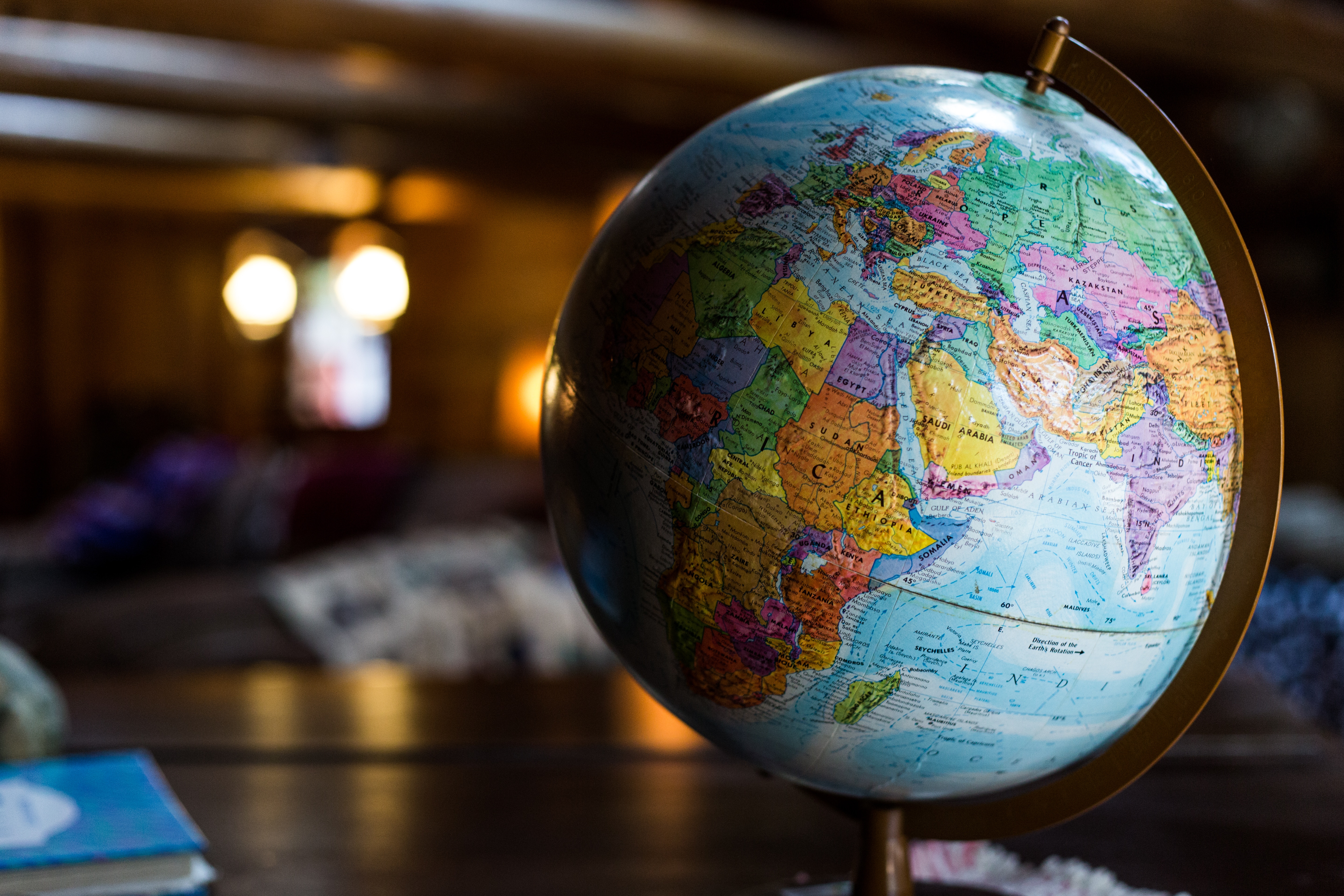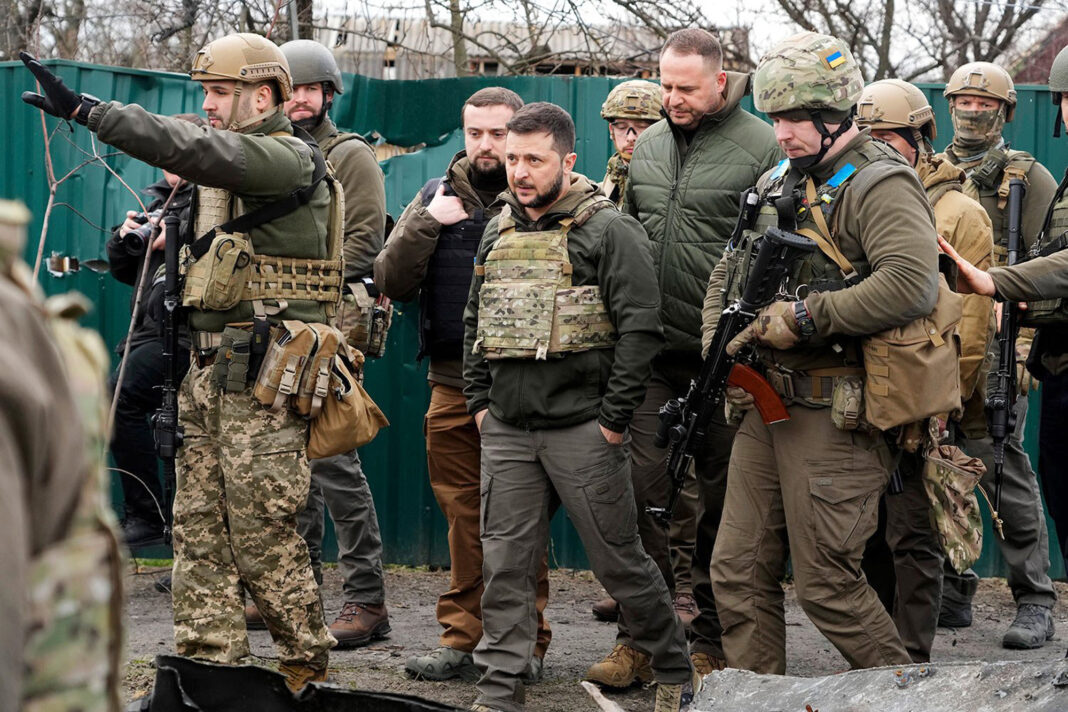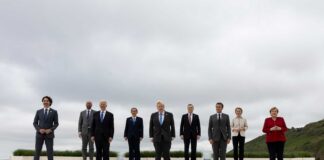Now in its third year, Russia’s war of aggression against Ukraine has morphed into a Russian confrontation with the West. This is the main perception in Russian society – and Chinese society for that matter – yet in many respects, and despite the rhetoric, most Europeans and Americans still see the conflict as mostly one between Ukraine and Russia.
This misalignment of perceptions is causing public debates in Europe and America – in turn amplified by a frenzy media fuelled by a critical election year – to centre on military and economic packages to Ukraine. In other words, the conversation appears to be very tactical.
This is indeed important, for Ukraine cannot sustain a prolonged war with the Russian army without these support packages. Yet it is precisely for this reason, and all that is at stake, that a public debate on economic and military aid packages is obscuring more important strategic questions:
- what are the likely scenarios of the war following a failed Ukrainian counteroffensive and in the face of long-term ailing military aid?
- how do we up the chances of Europe and Ukraine in a sustained way?
- what is the formula that is going to deter Russia without provoking an escalation of unforeseen and unwanted consequences?
These questions do not have simple answers, yet Western leaders must spend enough time and political capital exploring the different available options to assess which of these, or a combination thereof, may bring about the best or least bad outcome.
There are broadly four possible scenarios in this war, each deserving attention:
- Russia victory: Russia’s initial goal was likely to partition Ukraine by annexing south-eastern territories and replacing the current pro-West Ukrainian government with a proxy, pro-Russian government. Vladimir Putin also looked to safe harbour Crimea, secure the city-port of Odessa and Ukraine’s access to the Black Sea, and ultimately force Russia right into Europe’s security architecture. Despite evident setbacks, nothing suggests that Putin has given up on his initial plan, so this scenario is still a possibility and one which chances increase the longer the war goes on and if Western support for Ukraine dries out.
- Ukraine victory: in this scenario, Ukraine succeeds in pushing the Russian army out of the territories that Ukraine held before the Russian invasion in February 2022. Currently Ukraine has regained about 80% of the territory it held prior to the invasion, yet the remaining 20% will prove the hardest to take back. This does not include Crimea, which President Zelensky has vowed to retake on numerous occasions. Following Ukraine’s failed counteroffensive in 2023, and with current expert estimates putting the Russia-Ukrainian firepower balance at 5:1 in Russia’s favour, this scenario is looking less likely by the day. More decisive military support from the US and Europe would certainly balance the odds, but this cannot be guaranteed.
- Temporary or Permanent ceasefire: a third scenario involves some kind of negotiated ceasefire, whether temporary or permanent. This requires that both parties be willing to lay down arms in a calculated move to pause, regroup, and rethink priorities. Ceasefires are not uncommon in territorial conflicts, and the longest ceasefire today is the 1953 ceasefire between the DPRK (North Korea) and the ROK (South Korea) along the 38th parallel. However, ceasefires require a high degree of military exhaustion from both sides that does not seem to have been reached yet, and Ukraine would be wise to fear a Russian rebuild should a temporary cessation of hostilities be agreed. There is also the question of what would happen to Ukrainians living under Russia-controlled territory and the ever-present risk of fresh Russian invasions.
- Negotiated settlement: this would involve a much more evolved and structured solution to the current conflict than a ceasefire. One formula which is slowly gaining attention in the West is that which freezes the current conflict, de facto splitting Ukraine in two while having the sovereign and free part of Ukraine join NATO. This would provide a guaranteed deterrent to Ukraine, while allowing Putin to sell a victory domestically. For Ukraine and the West, this would be a very hard pill to swallow, for it would indeed involve giving huge territorial concessions to Russia. On the other hand, depending on other considerations such as the precise location of the new dividing border and population transfers, this option could become more palatable.
A full Russian or Ukrainian victory is the least likely in the short-to-medium term, and out of a ceasefire or a negotiated settlement it is not obvious which one is best for Ukraine and the West. But two things are clear: firstly, the longer the war goes on, the greater the chances for escalation by design, accident or miscalculation, favouring the Russian cause. And secondly: for negotiations to take place, Ukraine and the West – particularly Europe – must launch these from a position of strength, for weakness always invites aggression by a revisionist or revanchist state.
Accordingly, ad hoc military and economic packages to Kiev are surely critical, yet they are not sufficient for Ukraine to push Russia to the negotiating table. Other, more strategic measures are needed, including an increase of military expenditure to NATO by European members, investing in the development of Europe’s defence industry, better interoperability of European member states’ defence forces, and improve Europe’s self-assurance to reduce dependency on American deterrence and intent.


